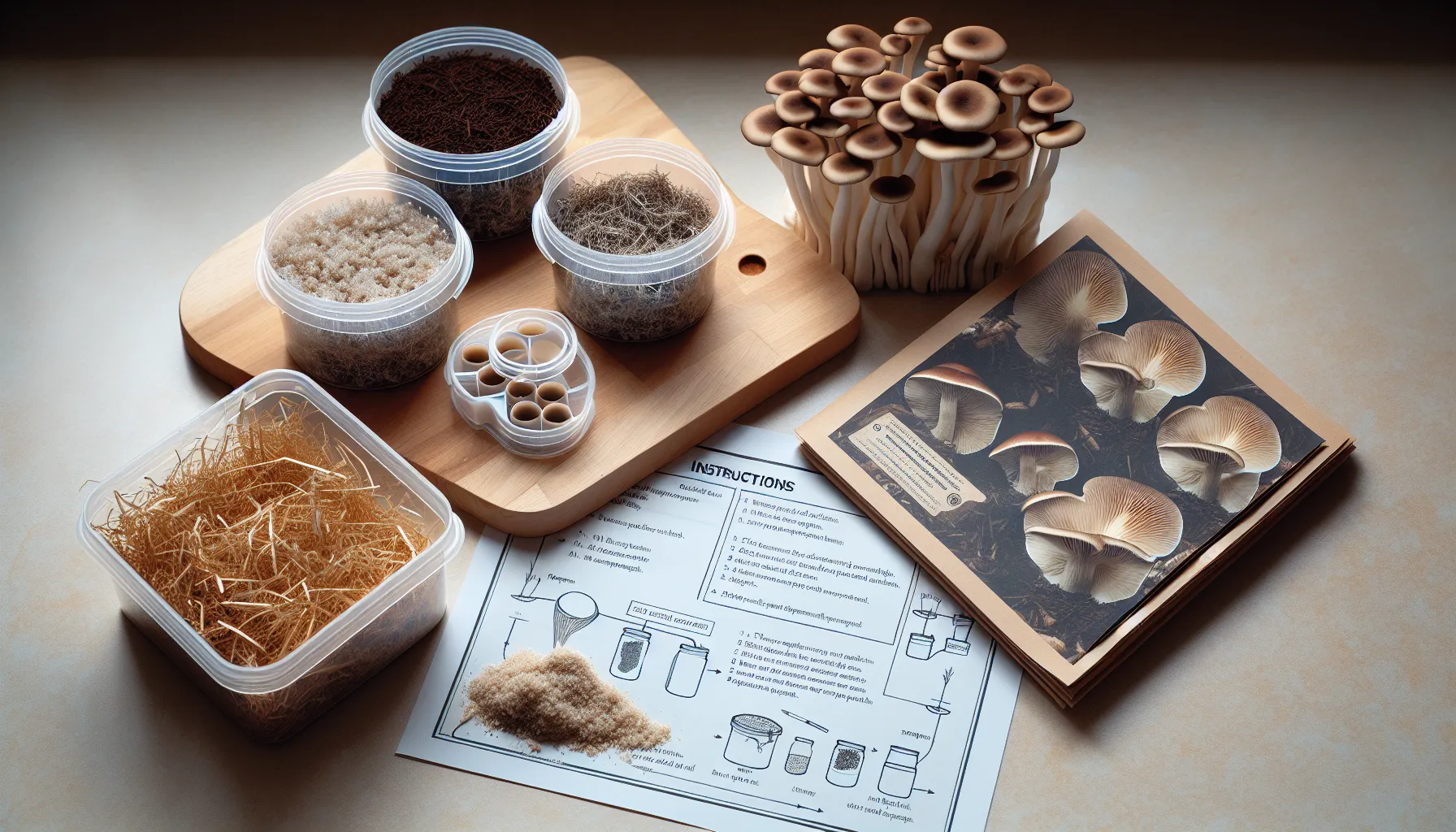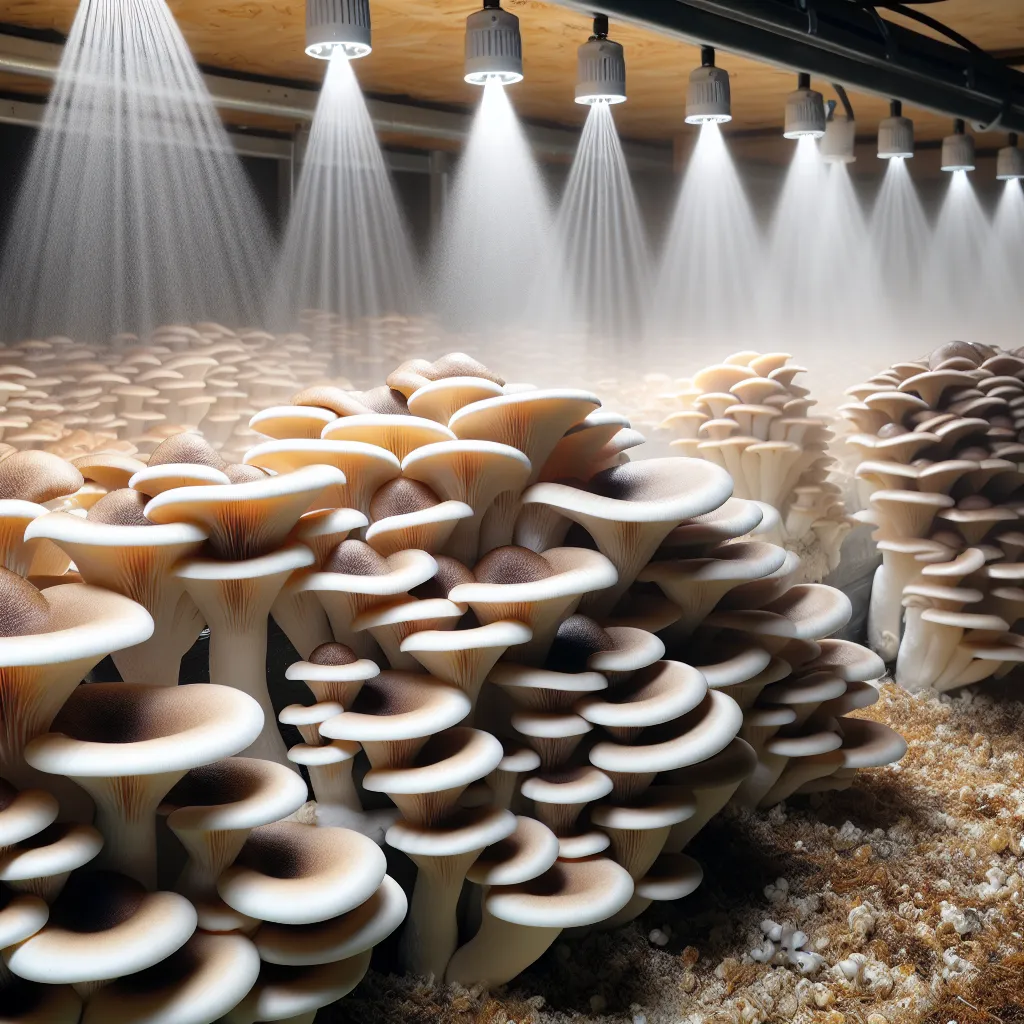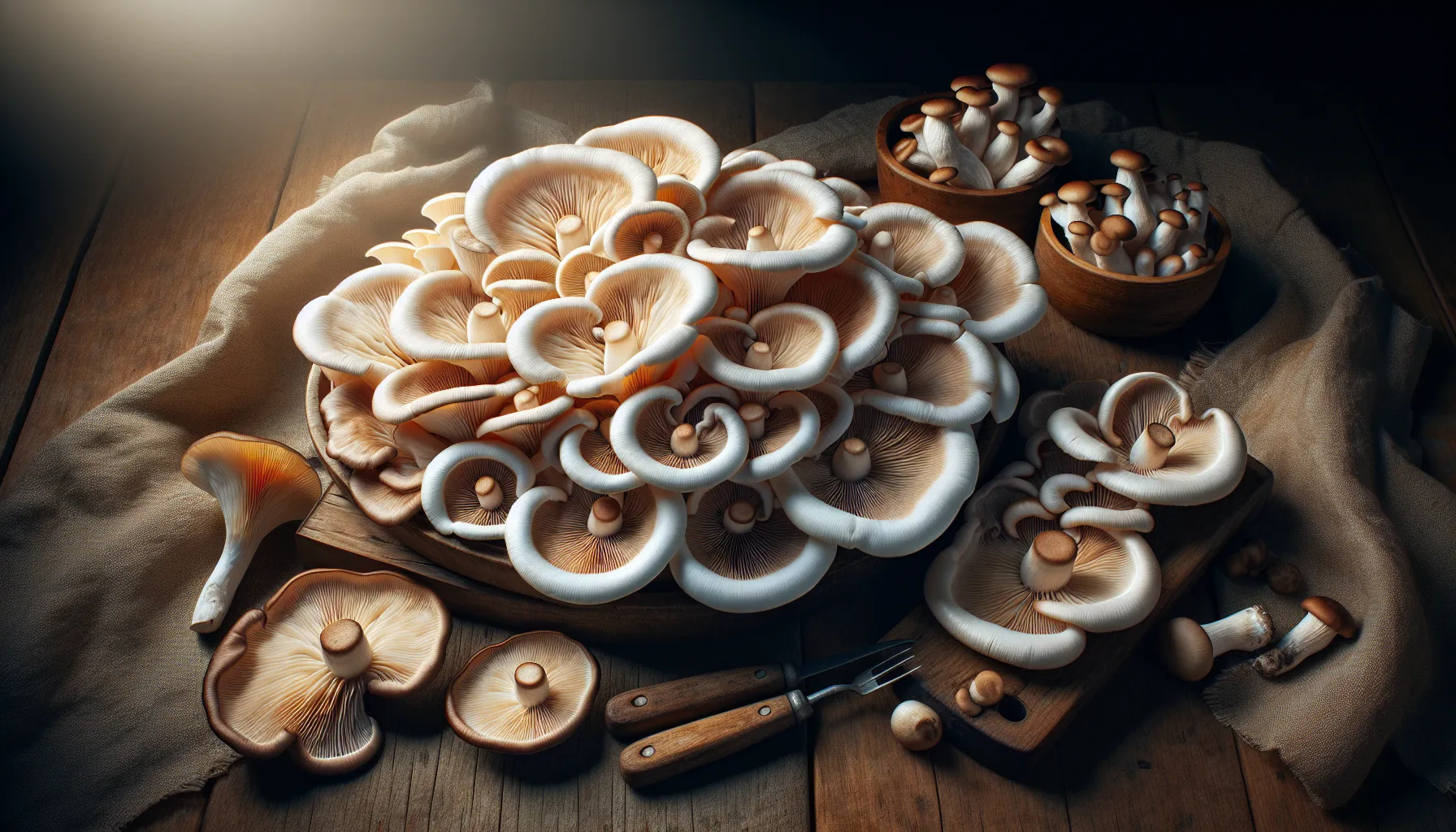Mushrooms are not only a culinary delight but also a project that can bring gardeners and food enthusiasts a lot of joy. They’re varied, nutritious, and can be a fun challenge to grow. This guide will provide you with the essential steps to cultivate mushrooms at home, focusing on one of the easiest varieties for beginners: oyster mushrooms.
Pick Your Variety
Choosing the right type of mushroom to grow is critical. There are numerous edible varieties, each with unique flavors and growing requirements. Some of the most commonly cultivated mushrooms include:
- Cremini
- Morel
- Shiitake
- Oyster
- Lion’s Mane
- Enoki
- Button
- Portobello
For beginners, oyster mushrooms are highly recommended due to their resilience and minimal maintenance needs. They can grow on a variety of substrates and are less prone to contamination.
Starting with a Grow Kit
One of the easiest ways to start growing oyster mushrooms is with a grow kit. These kits include everything you need: spawn, substrate, and a container or bag. They come with instructions, simplifying the initial setup process and increasing the chances of a successful crop.

Understanding Spawn and Substrate
Spawn is essentially the seed of your mushroom crop. It’s the material impregnated with mycelium, the vegetative part of the fungus. Starting with spawn rather than spores is easier for beginners. Mushroom spawn can be purchased from various online retailers, ensuring quality and reducing the complexity of the initial stages.
The substrate is the material on which your mushrooms will grow. Oyster mushrooms are particularly versatile, capable of growing on straw, coffee grounds, sawdust, or even cardboard. Choosing and preparing your substrate is a crucial step in mushroom cultivation. Some substrates may require pasteurization or sterilization to reduce the risk of contamination.
Inoculation: Planting Your Mushrooms
Inoculating your substrate with spawn is the next step. This process involves mixing the spawn with the substrate and creating the right environment for the mycelium to grow. With oyster mushrooms, this is typically done by mixing the spawn with a moistened substrate and placing the mixture into bags. These bags are then left to incubate in a warm, dark place until the substrate is fully colonized by the mycelium.
Fruiting Conditions
Once the substrate is fully colonized, it’s time to induce fruiting. This requires introducing fresh air, light, and sometimes adjusting the temperature. For oyster mushrooms, simply cutting a slit in the bag to allow air exchange can be enough to trigger fruiting.

Harvesting Your Crop
The mushrooms are ready to harvest once the caps have fully developed and before the spores start to drop. Harvesting involves either twisting the mushrooms off at the base or cutting them with a knife. Oyster mushrooms grow quickly and can usually be harvested within a week after fruiting begins.
Repeat Harvests
After your first harvest, you can often get additional flushes of mushrooms from the same substrate. Simply continue to maintain proper fruiting conditions, and new mushrooms should continue to emerge until the nutrients in the substrate are depleted.
Troubleshooting
Growing mushrooms at home can sometimes lead to issues like contamination or a lack of fruiting. For specific problems and their solutions, niche resources like Mushroom Appreciation offer detailed advice and troubleshooting tips that can help you succeed.
Resources for Learning More
- To delve deeper into the world of mycology and expand beyond oyster mushrooms, the Mycological Society offers a wealth of knowledge, including advanced cultivation techniques.
- For those interested in the scientific aspects of mushroom cultivation, academic resources like Mycologia provide peer-reviewed research and articles on fungi.
Conclusion
Growing mushrooms at home is a satisfying endeavor that can yield delicious results. Oyster mushrooms are an excellent choice for beginners due to their easy growing conditions and quick fruiting times. With patience and care, you can enjoy the fruits of your labor and perhaps even develop a lifelong hobby. As your confidence grows, you can explore other mushroom varieties and cultivation methods.

Remember, the key to successful mushroom growing is to start simple, stay patient, and learn from each attempt. Before you know it, you’ll have a thriving mushroom garden and an abundance of fresh fungi at your fingertips.
